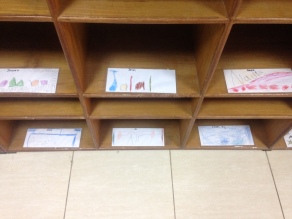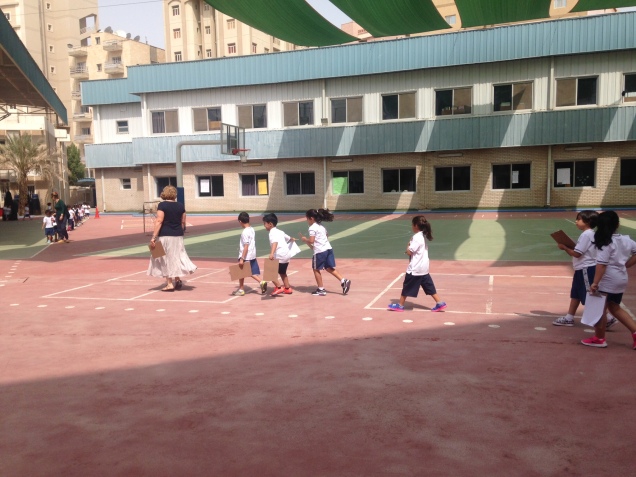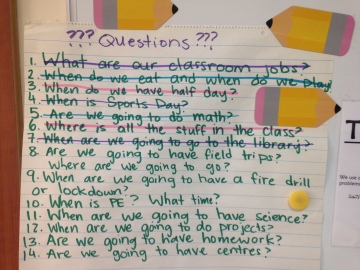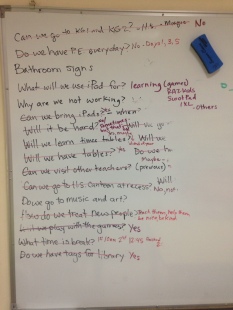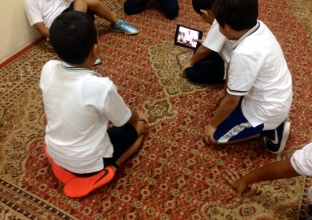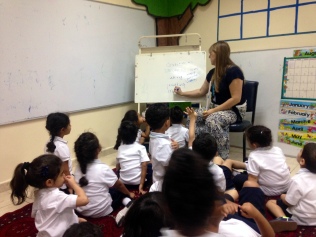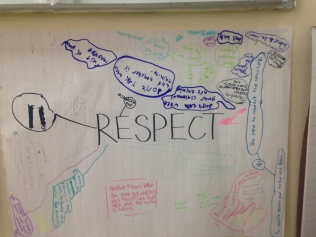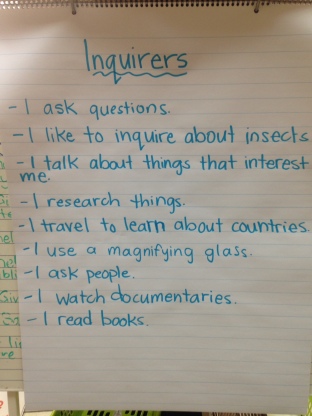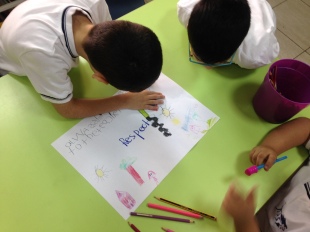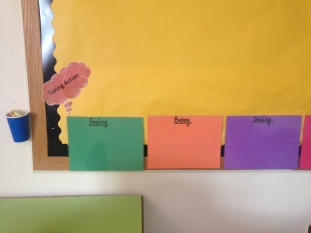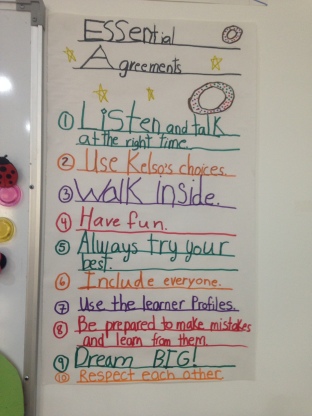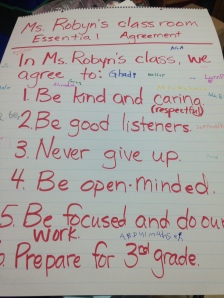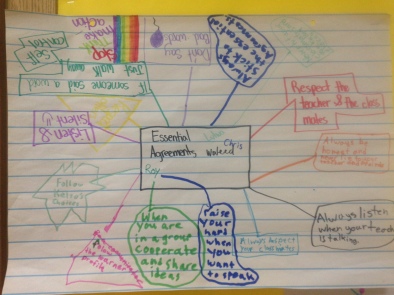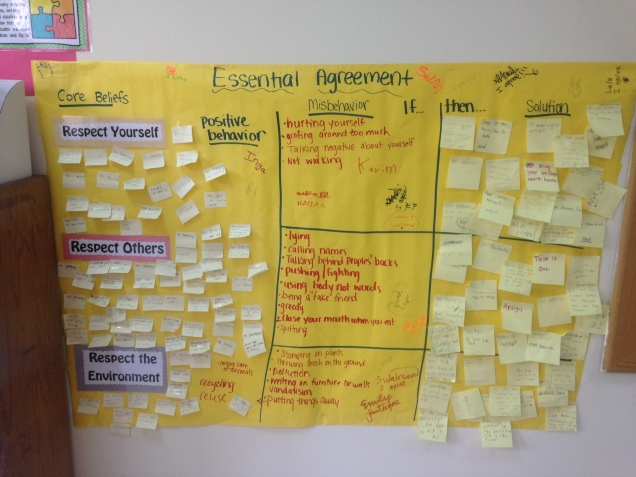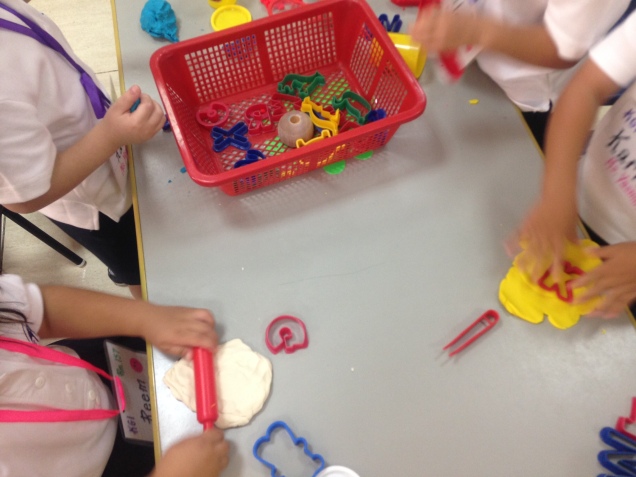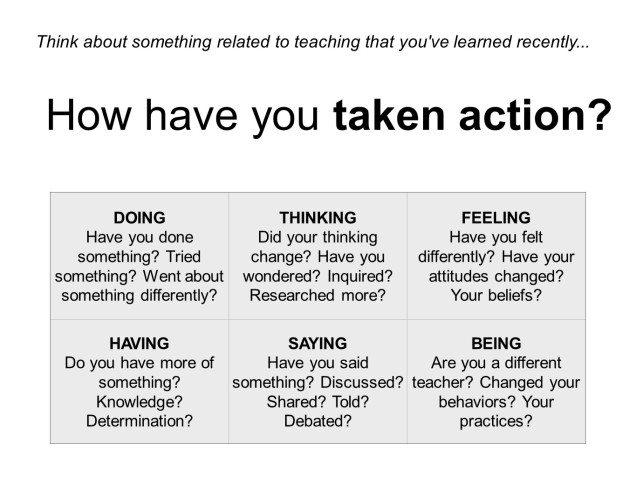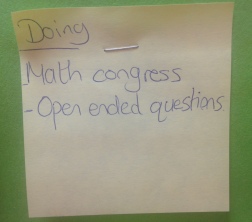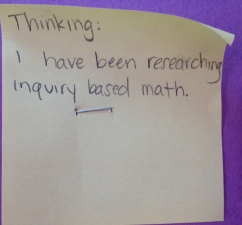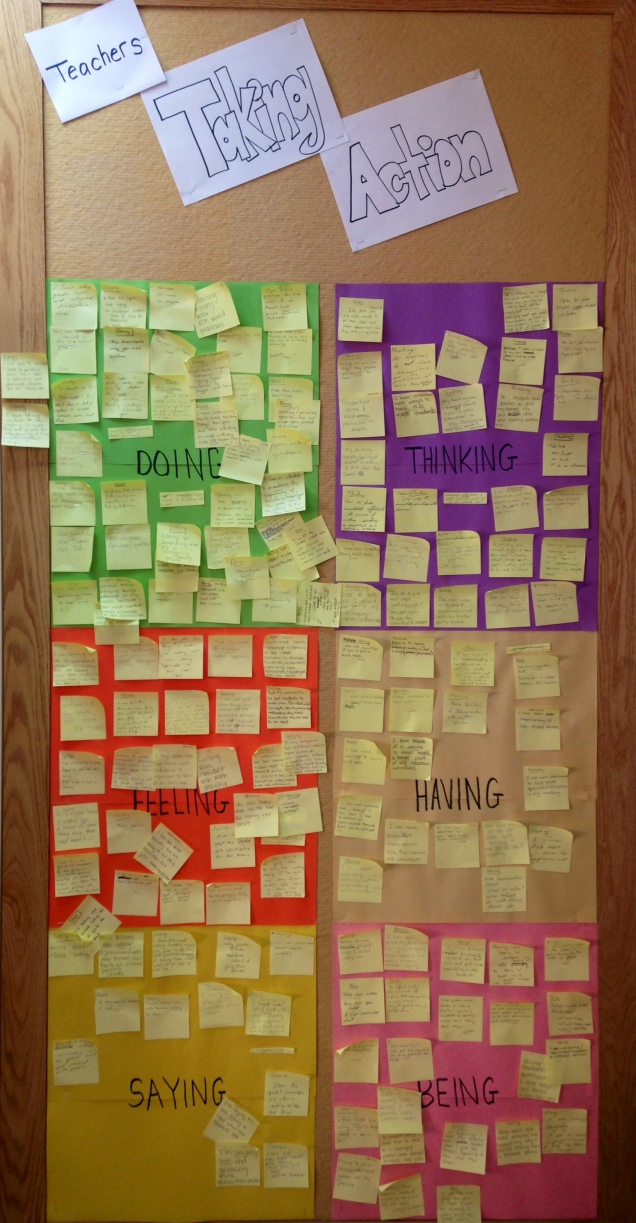During this year’s staff orientation, we used inspiration from two blog posts (sowing the seeds of inquiry & 10 things to do on the first day of school) to move towards a more inquiry-based, first week with students.
Here is a glimpse into what it looked like in classrooms from KG to Grade 5…
Students helped set up their learning environment:
Students helped choose what to do for the first week:
Students explored the school:
Students’ questions were honoured:
Students and teachers learned about and connected with one another:
Students and teachers discussed what it means to be ‘students’ and ‘teachers’:
Students shared what they want to learn about in the coming year:
Students thought about and shared their learning preferences:
Students explored the learner profile, PYP attitudes, key concepts and action:
Student constructed essential agreements:
Students reflected:
Students played:
The week was a success! The feedback from teachers and students was overwhelmingly positive. Students loved being included in the planning and set-up for a new school year and teachers felt the more ownership they handed over to students the more positive and enjoyable the learning community became.
There is a definite buzz around our elementary school. Enthusiasm… fresh ideas… confidence… inquiry… I can’t wait to see where all this amazing energy takes us this year!
What does your inquiry-based first week of school look like?

